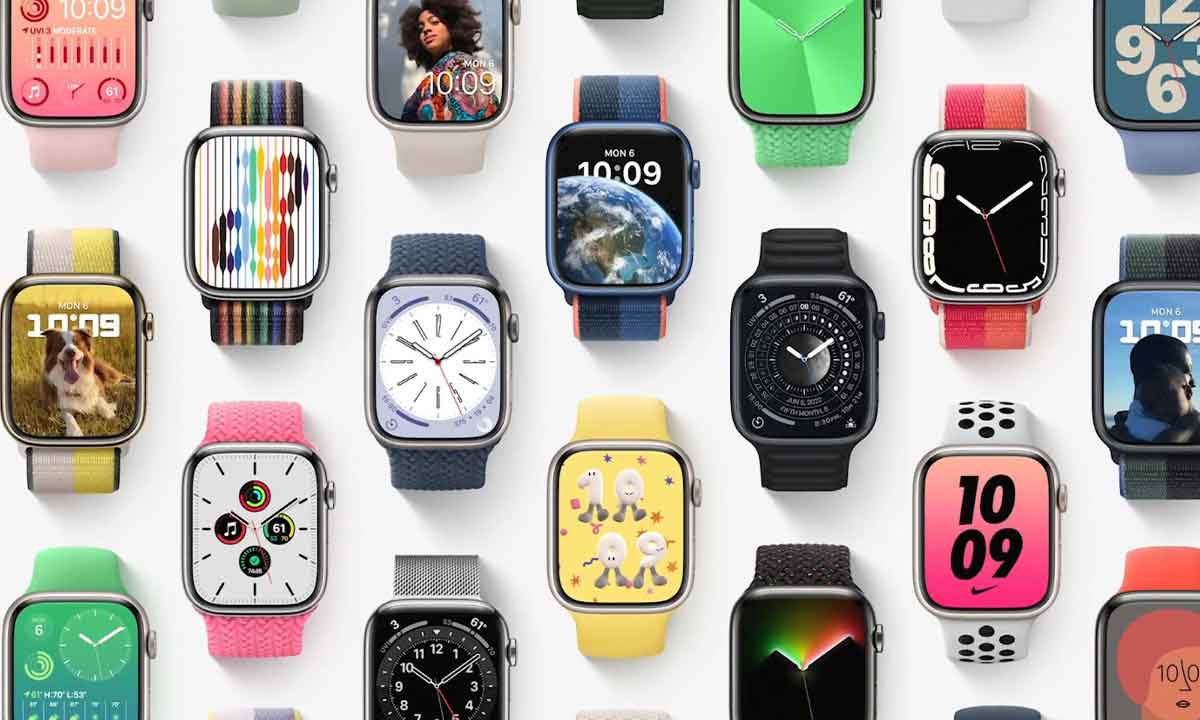
Many generations ago Apple decided put the focus of Apple Watch on functions related to health and sports. It was a very smart move, because until then no one was completely clear about the usefulness of smart watches, which were used to check mobile notifications, in some cases to make limited use of their apps and little else, something which made it difficult to justify the investment necessary to get hold of one of them.
Since then, we have been seeing how it was adding new sensors and new functions related to them, from the electrocardiogram that debuted on the Apple Watch Series 4 with WatchOS 5.2 to the Series 6 oximeter, or the future plans with which Apple intends to that your watch can also be used as a constant and non-intrusive blood glucose meter, something that is still a long time coming but is progressing apace.
Hand in hand with these sensors, functions have arrived that allow the measurements made by them to be used to spot potentially dangerous signs and, in this way, warn the user as early as possible. This type of information, provided at the right time, can make the difference between a scare and a disaster, so any progress in this regard is excellent news that should be welcomed with open arms.
The Apple Watch is “trained” to detect certain signals associated with specific problems, but the most interesting thing is that there are others, not previously defined, that are also an alert signal. The latest example of this can be found in Apple Insider, who tells us that an Apple Watch helped diagnose something it wasn’t designed to do. And it is very likely that, thanks to this, its owner can tell about it.
According to said publication, the Apple Watch of Ken Counihan, a Cleveland man, informed him that his respiratory rate was unusually high, with around 18 breaths per second compared to his usual average, which was 14. Said signal, added to Pressure from his family made him go to the doctor, who, taking into account the measurements from the watch, decided to take an X-ray, with which he verified that I suffered from the beginning of bronchitis.
While he was still undergoing treatment for bronchitis, one night the Apple Watch detected that his blood oxygen level (saturation) was dropping from a normal value of around 95 to values around 85. This caused him to repeat a visit to the doctor, this time to the emergency room, where found out she had blood clots in her lungs. As a result of this discovery, he began taking anticoagulants and his health has improved considerably.
The medical staff who treated Counihan that night were able, thanks to the data collected by the Apple Watch, to point him in the right direction, which resulted in a quick diagnosis, which made all the difference. And it is that according to what his own doctor told him, if he had not sought help, had a 60% chance of not having survived the nightso the consequences could have been disastrous.
The quantifiers, whether they are watches like the Apple Watch or bracelets, have become an instrument at the service of health that, well used, can alert us early on many possible threats, even more than those for which they have already been trained. and, thanks to the appearance of cases of this type, those responsible for these quantifying devices can further enrich their functions of identifying problems from the data, in a virtuous circle that benefits us all.




